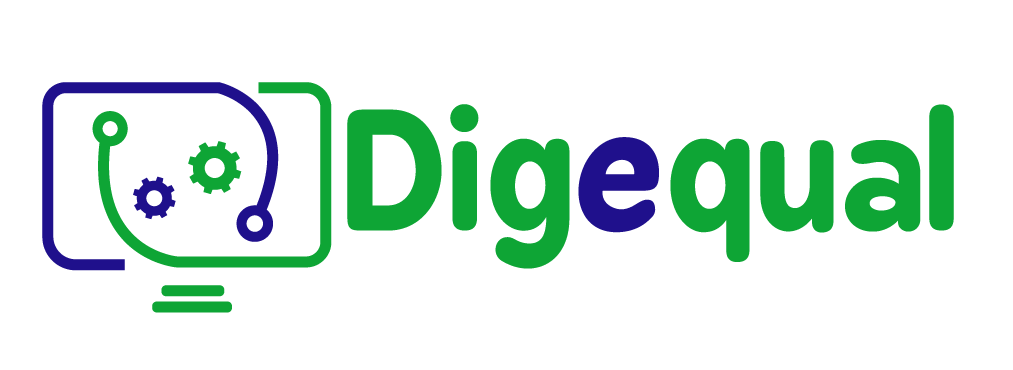1. e-literacy
References
Alshehri, M., & Drew, S. (2010). E-government fundamentals. In IADIS international conference ICT, society and human beings.
Davies, R. (2015). eGovernment: Using technology to improve public services and democratic participation. European Parliament.
https://www.europarl.europa.eu/thinktank/en/document/EPRS_IDA(2015)565890
European Commission, Directorate-General for Communications Networks, Content and Technology, (2022). eGovernment Benchmark 2022 : synchronising digital governments : bac
NSW Department of Education. (n.d.). Leaving a digital footprint. NSW Government. https://www.digitalcitizenship.nsw.edu.au/articles/leaving-a-digital-footprint
